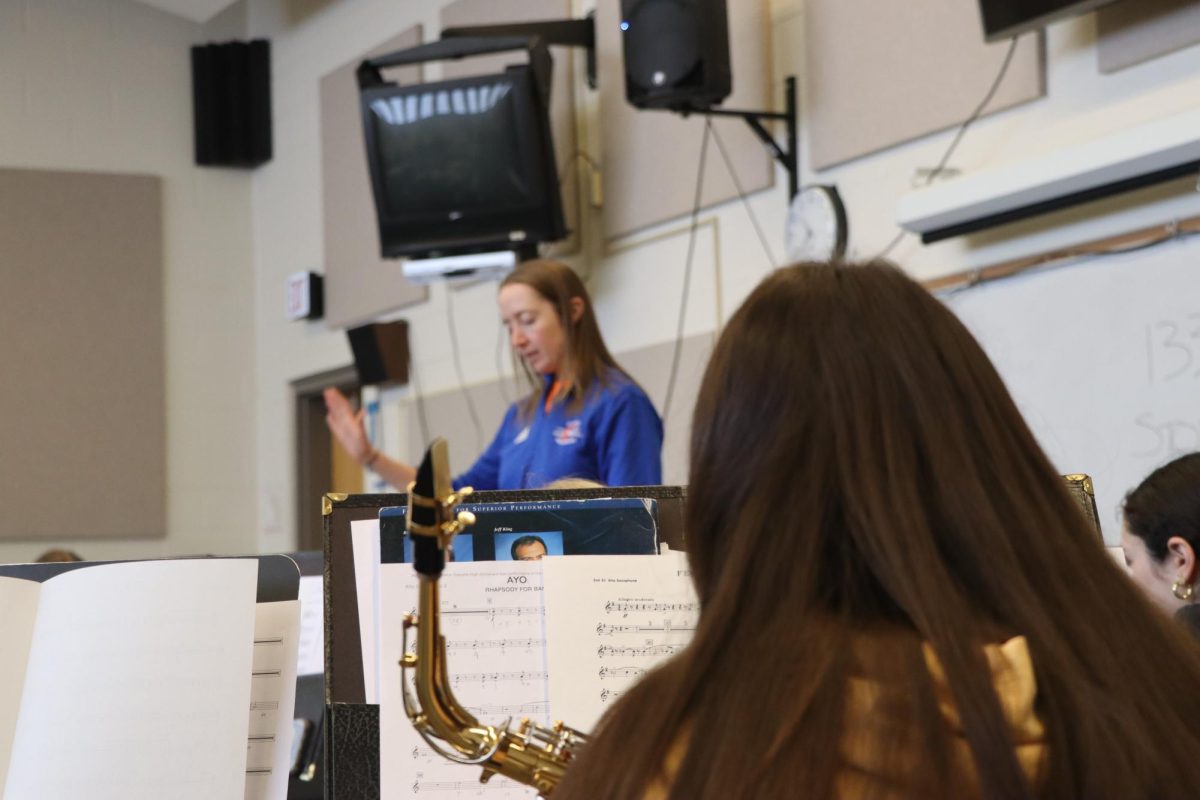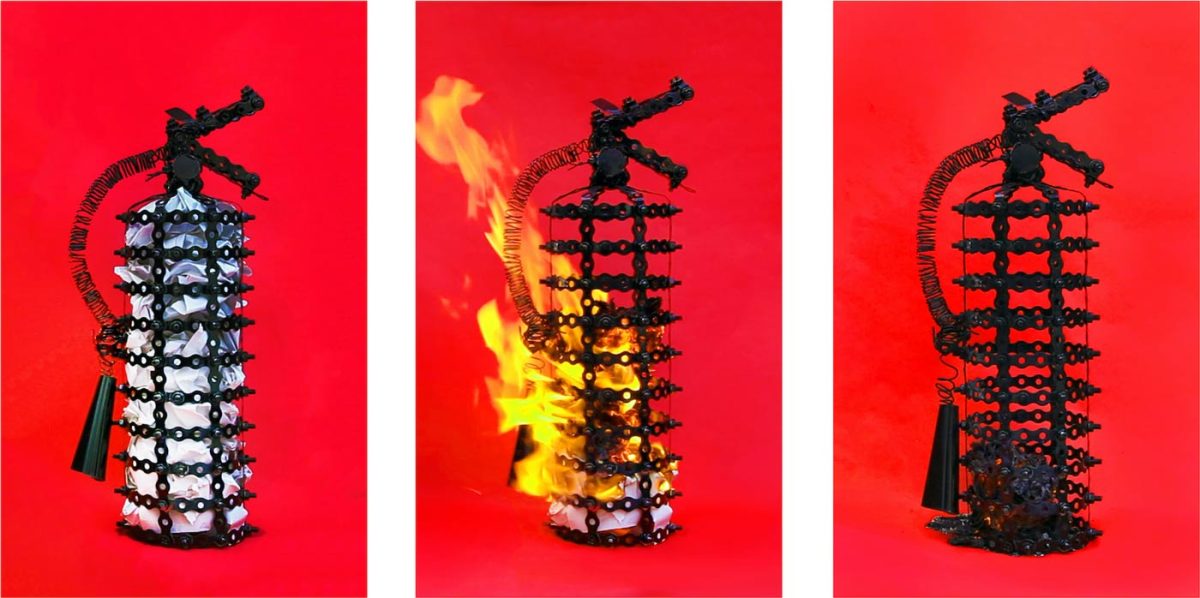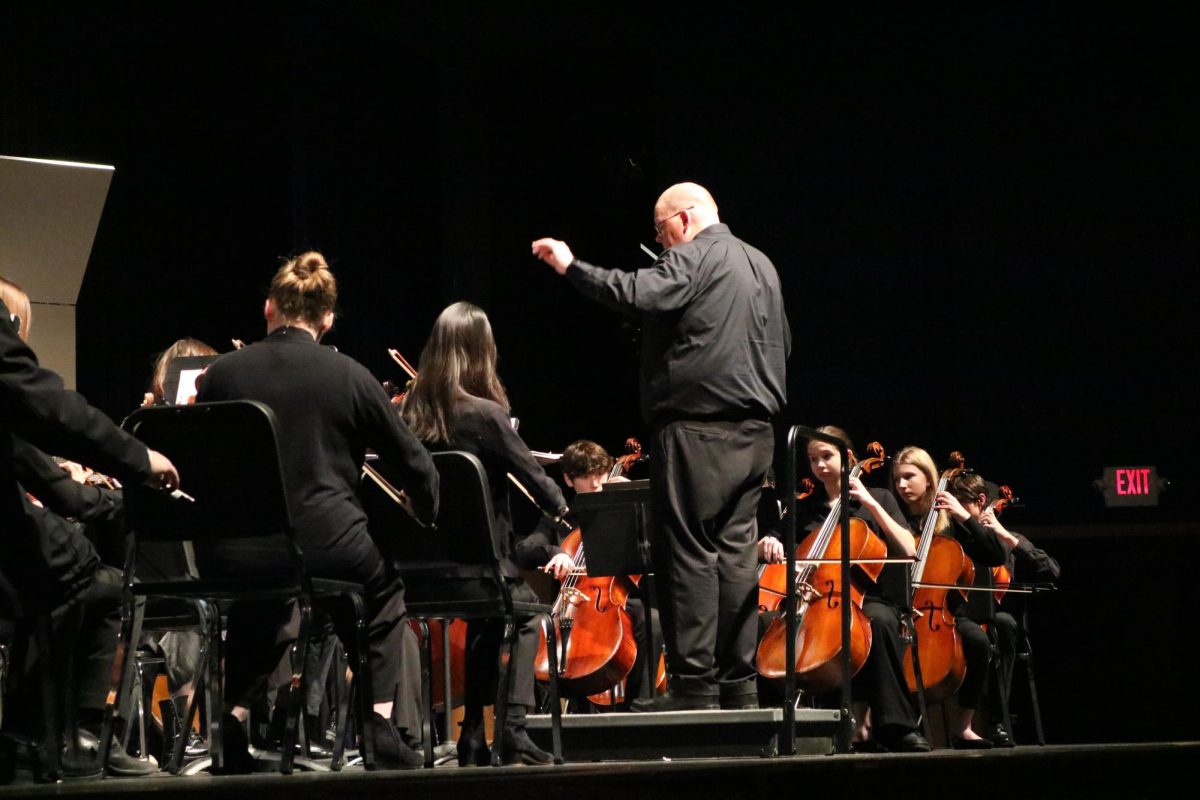After 33 Chilean miners were trapped in a mine in early August, expectations were that it would take months to rescue the men. President Sebastián Piñera said that they would be home by Christmas at the latest. However, both rescuers and Piñera have recently expressed optimism about bringing the men up much earlier.
The process of drilling chutes into the mine and designing a capsule able to retrieve the miners has been progressing with few obstacles. According to The Associated Press, drills could reach the miners by the second week of October and the installation of a system to transport them up could occur without much delay. Originally, officials had projected the rescue to take place in November if all went smoothly.
“We’re going a bit better than what we had expected,†Chilean Mining Minister Laurence Golborne said, according to The Associated Press. “The timeline we have presented takes into consideration contingencies that always present themselves in these circumstances, and they have been fewer than expected. At this point we’re a little bit ahead.â€
On Aug. 5, a cave-in of the mine trapped the miners, burying them 2,000 feet underground. For 17 days, they had no contact with the outside world. According to CHS psychology teacher David Aiello, being isolated from society for so long can make it difficult to survive mentally and physically.
“First of all, the brain craves stimulation,†Aiello said. “Our 100 billion neurons and the countless amount of neural connections need constant stimulation to keep ourselves mentally alert and fully functioning.  Without that stimulation, we slowly begin to lose the ability to focus our attention on anything significant, even to the point of “forgetting” to eat or exercise.â€
On Aug. 22, they were all found to be alive and none were reported being severely affected by the isolation. Since then, they have been receiving water, food, and medical supplies through small holes that have been drilled. Video and modified telephone calls have made contact with the government, family, and friends possible.
Aiello said that sending the miners items that will help them create a functioning mini-society, as well as tangible reminders of what they care about, is important. This includes photos, games, music, and books such as the Bible.
“If they could send down a television, they probably would,†Aiello said. “It is these sort of mundane things that we miss when we don’t have them, and when we do have them they lend a sense of normalcy to our lives.â€
Several days after the men were discovered to be alive, the men filmed their living conditions, as well as messages to relatives, by way of a small camera sent down through one of the drilled holes. The video showed most of the miners to be in relatively good health and spirits. It also showed that they had organized their living space into areas for sleeping, eating, storing waste, and playing games.
The oldest of the men, Mario Gómez, has become a leader among them and has proven helpful to psychologists holding therapy sessions with the men, according to The New York Times. There are some concerns that separation from the outside world for so long may have negative psychological effects.
A couple of other men are also helping to maintain the health and organization of the men, while communicating with officials above.
“With the miners, the presence of their fellow miners probably served them well, as the strongest, both physically and mentally, urged the weaker members to keep active, alert, and alive,†Aiello said. “My understanding is that they tried to set up some routines to fill the time, and they strongly helped make sure that all of them engaged in all of the activities virtually everyday.â€
The rescue effort needs to occur from both above and below. The New York Times said that the miners must clear up to 4,000 tons of rock falling from the rescue hole, and must do so in constant shifts around the clock.
Many have been impressed by the strong organizational effort of the miners, and Piñera said their unity is a strong message for all of Chile.






